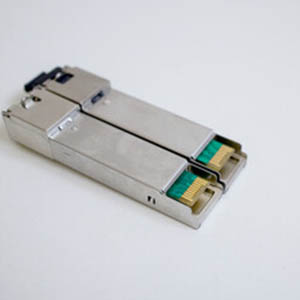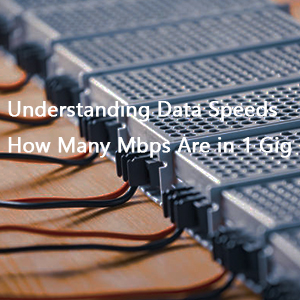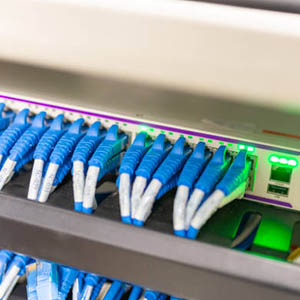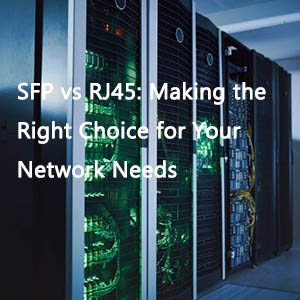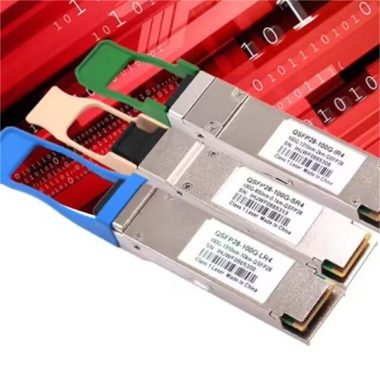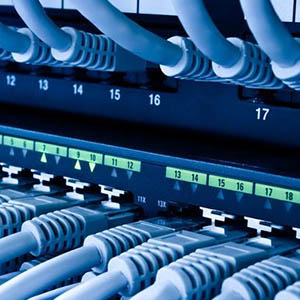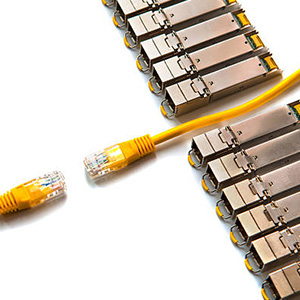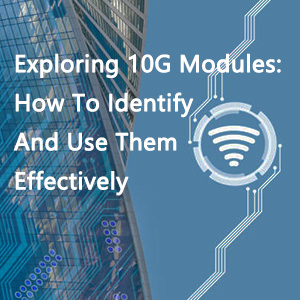Choosing the appropriate transceivers for your network is a critical task. Our expert guide simplifies the process, ensuring you optimize network performance while managing expenses during your next switch/router, optic, or cabling upgrade.

Key Considerations for Selecting Network Transceivers
- Form Factor & Connectors
- Ensure compatibility with your switch or router’s form factors. Popular standards include SFP, SFP+, SFP28, QSFP+, QSFP28, XFP, QSFP-DD, QSFP56-DD, CFP, CFP2, and CFP4. Connector compatibility is essential for seamless connections.
- OEM Compatibility
- Verify that the optic can communicate effectively with your switch or router. Opt for transceivers that are fully compatible with major OEMs, including Cisco, Dell, HP, and Juniper, to ensure peak network performance.
- Speed/Data Rate
- Higher data rates improve access quality, video streaming, and accommodate more connections. Plan for hardware that supports your current and future data rate needs.
- Media
- Choose between copper and fiber optic transceivers based on your distance and bandwidth requirements. Fiber optics offer greater cost efficiency and reach benefits at higher data rates.
- Type
- Consider special technologies like Wavelength Division Multiplexing (WDM) for high-density and performance applications.
- Wavelength
- Select the appropriate wavelength for your transceiver based on the required reach and compatibility with existing network infrastructure.
- Reach
- Opt for transceivers rated for the specific distance they need to cover, ensuring performance is not compromised.
- Environment
- Factor in the environmental conditions where the transceiver will be deployed, especially for outdoor or industrial temperature applications.
Optimizing Network Performance
- When upgrading fiber optic hardware, plan for components that operate at compatible data rates to avoid bottlenecks.
- Balance the need for higher data rates with cost and budget considerations.
- Understand the trade-offs between single-mode and multimode fibers based on reach and cost.
- Stay informed about evolving technologies like coherent optics and modulation schemas to maintain a competitive network edge.
Selecting the Right Wavelength
- Wavelengths, or lambdas, are crucial for fiber optic transceivers and should match the receiving and transmitting optics.
- Common wavelengths include 850nm for short distances, 1310nm for mid-range, and 1550nm for long to extreme ranges.

Environmental Factors
- Consider the impact of environmental conditions on signal strength and choose rugged, industrial-temperature rated transceivers for outdoor deployments.
Conclusion
Selecting the right transceiver is about finding the perfect match for your network’s unique needs. Ensure compatibility, plan for future upgrades, and consider the environment to maximize efficiency and performance.
Need Assistance?
Our team of experts is ready to help you make the right choice. Contact us for personalized guidance on selecting the perfect transceiver for your network.

